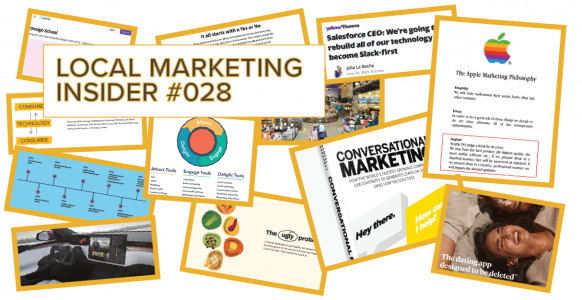- Feb 17, 2021
- 97
- 75
- Awards
- 4
- First Name
- Jake

This is a short guide on brand positioning.
Before we start, my question to you: What’s your business’s unique value?
Do you have the “best selection?” Or the “cheapest prices?”
More importantly, can you sum it up in a single line?
If you can do that then you’re one step closer to the next goal, your customers communicating that value for you in reviews (that’s where the magic of Trust Marketing lies).
Harry, from Harry’s Marketing Examples, thinks about positioning like this:
Your goal is to own the space in the customer’s mind. You do this by differentiating yourself.
The most clearly differentiated brands have a wedge. A singular idea that sets the brand apart in the mind of the customer.
Identifying your wedge will provide you, and eventually your customers, with a clear understanding of what makes your business stand out.
I’ve collected 12 examples for inspiration:
Misfit Markets
Save 40% by buying unsold food, eliminate food waste
Tom’s Shoes
By becoming a customer you become a part of a movement for good
Cabelas
The store is a destination

Salesforce
Enterprise CRM that’s Slack-first
Apple
Aesthetically beautiful technology
^Emphasis on the look of the product was a focus for Apple dating back to 1977.
Tesla
Cool electric cars
Drift
No forms, communicate directly with your buyer through chat instead
Canva
Anybody can be a designer
Hey (Email Tool)
Better control which emails get your time, and which do not
Hinge
The dating app designed to be deleted
Hubspot
Outbound is broken, inbound’s the answer
Widewail
Market through your customers. Buyers prefer to hear from their peers.
I hope you can find your wedge.
Admittedly, months of work, condensed to a single line is a maddening proposition.
But, that level of clarity can be a very useful tool.
If you’d like to keep musing on the topic read Harry’s brand positioning guide.
See you in 2 weeks - Jake, Marketing @Widewail



